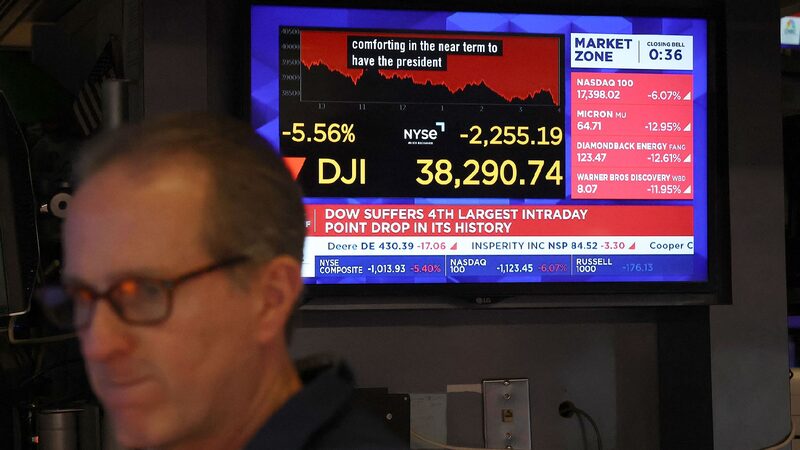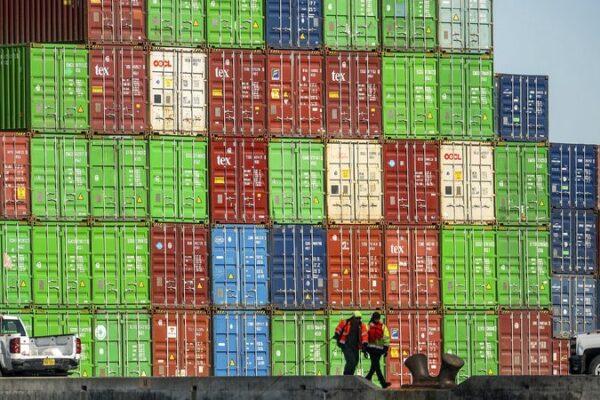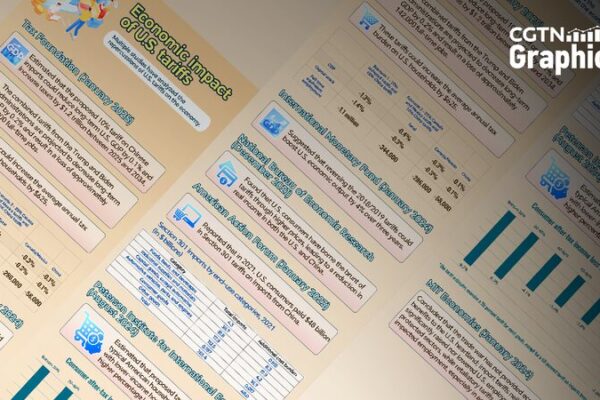By imposing new tariffs on imported goods, President Donald Trump promised to revive the American economy. But who is really paying the price? As it turns out, it’s the everyday US consumer.
Trump’s recent tariff policy sets a 10% baseline tariff on imports, with some countries facing even higher rates. The move was portrayed as a stand against what he called decades of unfair trade practices. However, the economic reality is more complex, and American shoppers are already feeling the impact.
Immediately after the announcement, stock markets took a hit. Within 24 hours, over $2 trillion was wiped off the S&P 500 Index. While officials tried to justify the tariffs, the financial toll became hard to ignore.
But how do tariffs affect consumers? Tariffs are essentially taxes on imported goods, paid by importers—often American companies. These costs are then passed down the supply chain, ultimately reaching consumers. Experts estimate that the average US household could face an additional $3,500 in annual expenses due to the new tariffs.
Popular items like smartphones and cars are among those impacted. For instance, iPhones, which already carry a 20% tariff, could see prices rise even higher. Cars assembled in North America might cost between $4,000 and $10,000 more. Even products labeled “Made in the USA” aren’t immune, as tariffs on components and raw materials increase manufacturing costs domestically.
The ripple effects don’t stop there. Higher prices lead families to cut back on spending, which affects demand for goods and services. This, in turn, can slow down economic growth and threaten jobs. Low-income households are hit the hardest, as they have less flexibility to adjust to rising costs.
The Federal Reserve faces a tough choice: raise interest rates to control inflation, which could slow the economy, or keep rates low and risk higher inflation. Meanwhile, businesses struggle to plan for the future due to the uncertainty surrounding trade policies.
While the tariffs aim to protect American industries and workers, they may not address deeper economic issues like income inequality and stagnant wages. Instead, they add an extra burden on consumers and could potentially harm the very economy they seek to strengthen.
As American shoppers grapple with higher prices, it’s clear that tariffs have consequences far beyond international trade disputes. The question remains: Is this the best path to economic prosperity?
Reference(s):
cgtn.com








